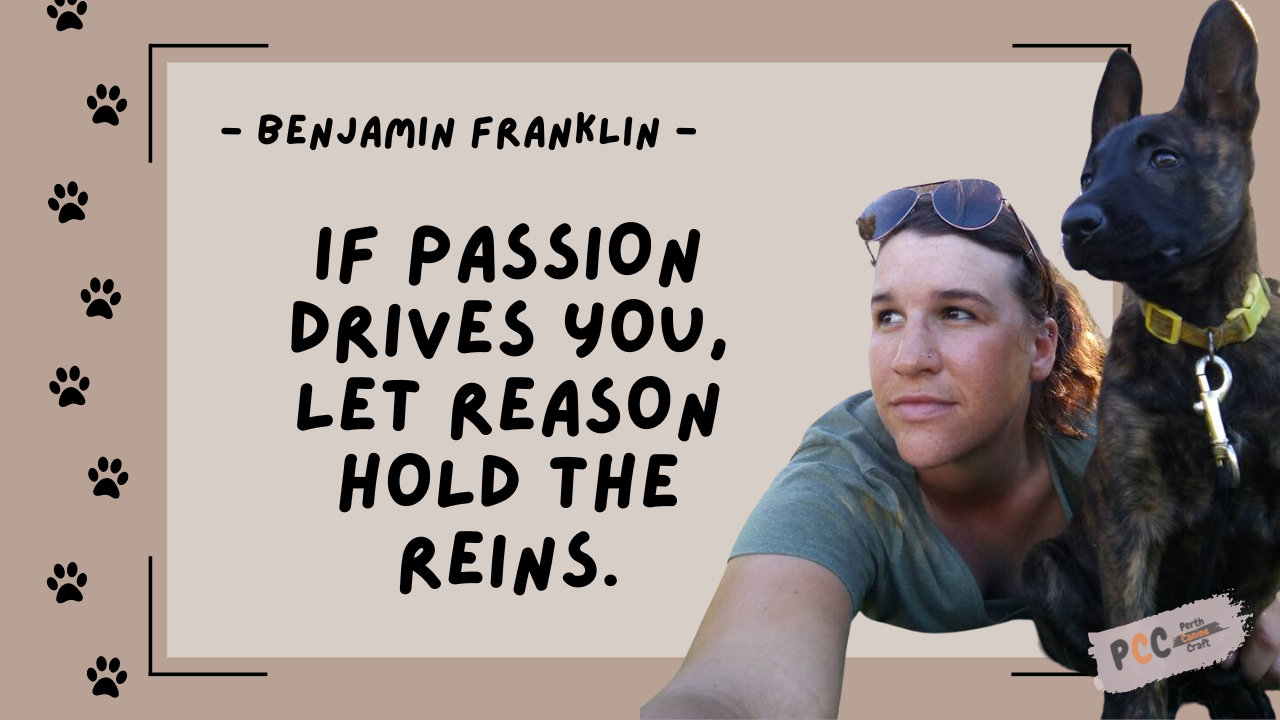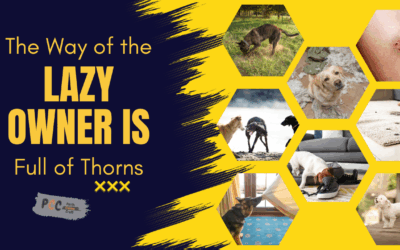In the world of problem-solving, sometimes the solutions we devise end up exacerbating the very issues we seek to address. This phenomenon, known as the Cobra Effect, has roots in an anecdote from British colonial rule in India. But how does this relate to dog training? Let’s explore.
The Cobra Effect Story: If you haven’t read the last 3 blogs, here is a reminder of what the Cobra Effect is. In British India, a bounty was placed on cobras to curb their population. However, this led to unintended consequences as people started breeding cobras for profit, worsening the cobra problem when the bounty was removed. This story illustrates the dangers of short-sighted solutions and unintended consequences.
Applying the Cobra Effect to Dog Training: Similarly, in the world of dog training, well-meaning efforts can sometimes backfire, exacerbating behavioural issues rather than solving them. Take, for example, when dog owners attempt to train their pets without understanding the trade-offs of different techniques.
My Experience: As a dog trainer, I regularly encounter well-meaning dog owners who’ve inadvertently worsened their pets’ behaviour by using ineffective methods. Allow me to provide two examples to shed more light on this:
- Misuse of Positive Reinforcement:
Picture this: an enthusiastic owner comes to me, exasperated by her 18-month-old whirlwind of fur, who’s taken jumping and nipping to Olympic levels. She’s been fed the line that it’s cruel to discipline her pup and that it’s just a phase. The solution? Teach the dog to sit when it jumps and offer a toy when it nips. But guess what? The jumping and nipping only got more intense, like a hyperactive puppy on rocket fuel.Imagine this: a frustrated owner contacts me about her 18-month-old pup, causing chaos with its jumping and nipping. She’s been told punishing the pup is a no-go and is ‘cruel’, and who would be cruel to their dog? She was also told that it’ll outgrow the behavior (which never happened). Instead, she’s advised to teach it to sit when it jumps and offer a toy when it nips. But here’s what happened: the jumping and nipping skyrocketed, like a pup on a sugar rush.So, we implemented a different approach. We had to set some clear boundaries – we started by firmly disciplining the jumping and nipping which made it evident to the dog that certain behaviors weren’t acceptable anymore. Once it understood that its usual antics weren’t getting it anywhere and was leading to unappealing consequences. At the same time, we taught it ‘ready’ and ‘fisnish’ to communicate when it’s playtime and when it’s not. Which the dog would accept if it tried to start play with nipping. And guess what? It worked! The dog learned that jumping wasn’t the way to get attention, but following the rules got all the attention it craved and the jumping and nipping stopped.
We’ve got a well-behaved pup who’s more than happy to engage in some good, old-fashioned play. And guess what? The human-animal bond? It’s stronger than ever. - Mishandling Punishment:
Dogs thrive on clear guidance and a strong bond with their humans, but improper punishment can strain this relationship and exacerbate behavioral problems. Take, for instance, a recent client of mine who couldn’t understand why her dog continued to engage in unacceptable behaviors despite being reprimanded. Whether it was chewing objects, toileting indoors, or lounging on the couch without permission, the dog seemed to understand it had done wrong but made no effort to change. To make matters worse, when reprimanded for being on the bed or couch, it would growl and snap, instilling fear in both her and her husband.
Understanding the Trade-offs: Positive reinforcement techniques, while effective when used correctly, can lead to unintended consequences if misapplied. Punishment-based methods may yield short-term results but can foster anxiety and fear in dogs if not consistently applied. The point is that everything in life has pros and cons, it just comes down to the fact that you are free to make any choice you want, but you are not free off the consequences.
Ending on a Reflective Note: As we have delved into the Cobra Effect and its implications for dog training, I invite you to reflect on your own experiences. Have you encountered instances where well-intentioned efforts led to unintended consequences when you’ve trained with trainers that claim they only use one type training method or another? Share your insights.
Closing Thoughts: Remember, acknowledging mistakes is not a judgment but an opportunity for growth and learning. It is something I take very seriously when any person comes to me for help, even when they have tried a few trainers before coming to me. By understanding the nuances of dog training methods and their potential impacts, we can navigate the complexities of pet ownership more effectively.





0 Comments